The Best BBQ Gloves Guide
Latex vs. Cotton vs. Neoprene — Which Should You Use?
Barbecue is as much about technique and safety as it is about flavor. When you cook low and slow, you need to handle hot grates and shred pork butt. People often forget one important tool: BBQ gloves.
But here’s the question — should you be using latex, cotton, or neoprene gloves when preparing and cooking BBQ? Each type has a role in food safety, comfort, and heat protection. Choosing the right glove for the job can make your BBQ safer, tastier, and a whole lot easier.
This guide breaks down the differences, provides a detailed BBQ glove comparison chart, and gives you the pros and cons of each glove type. By the end, you’ll know exactly which glove to reach for — and you’ll be able to shop the right ones for your BBQ toolkit.
Why BBQ Gloves Matter
- Food safety: Keep raw meat separate and your prep sanitary.
- Heat safety: Protect hands when handling hot grates, cast iron, and sizzling meats.
- Dexterity & control: Grip brisket, ribs, and tools with confidence—even when greasy.
- Cleaner workflow: Faster transitions between prep, cook, and serve.
BBQ Glove Comparison Chart
| Feature | Latex Gloves | Cotton Gloves | Neoprene Gloves |
|---|---|---|---|
| Primary use | Food handling & raw prep | Insulation; worn under outer gloves | Heat & grease handling during the cook |
| Heat resistance | None (prep only) | Low–medium (as liners) | High (hot food, pans, grates) |
| Food safety | Excellent; single-use & sanitary | Not for raw meat by themselves | Good; washable between uses |
| Grip & dexterity | Light, precise for trimming/seasoning | Comfort liner; improves fit under neoprene | Excellent, even when greasy |
| Durability | Single-use | Reusable; machine-washable | Heavy-duty; reusable |
| Best for | Seasoning, injecting, raw chicken/pork | Long cooks; shredding when paired with neoprene | Pork butt, brisket, moving hot cookware |
| Shop | Latex Gloves | Cotton Gloves | Neoprene Gloves |
Latex BBQ Gloves
What they are: Disposable, food-safe gloves ideal for sanitary prep. Latex BBQ gloves shine when trimming brisket, seasoning ribs, or handling raw chicken—tasks that demand cleanliness and dexterity.
Pros
- Best in class for food safety during raw prep
- Excellent dexterity and feel for precision work
- Fast changes between proteins to avoid cross-contamination
- Affordable; perfect over cotton liners
Cons
- No heat protection—do not use on hot foods or pans
- Single-use; can tear if stretched
Best uses: Seasoning pork shoulders, injecting brisket, handling raw poultry, tidy rub application.
Cotton BBQ Gloves
What they are: Breathable liners that add comfort and insulation beneath outer gloves. Cotton BBQ gloves keep hands drier during long cooks and extend how long you can safely hold warm items when paired with neoprene.
Pros
- Reusable and washable; cost-effective
- Comfort for all-day cooks; absorb moisture
- Improve fit and insulation under neoprene
Cons
- Not food-safe on their own for raw meat
- Minimal heat protection alone—use as liners
Best uses: Shredding pork when paired with neoprene, handling warm grates/pans briefly, general comfort during long sessions.
Neoprene BBQ Gloves
What they are: Heavy-duty, heat-resistant, and grease-proof gloves for the hottest, messiest jobs. Neoprene BBQ gloves excel at pulling pork butt, moving brisket from the smoker, and handling cast iron.
Pros
- High heat resistance for hot meats, pans, and grates
- Superior grip—even when greasy
- Durable and reusable; easy to wash with dish soap
Cons
- Bulkier than latex; pair with cotton for comfort
- Must be cleaned and dried after use
Best uses: Pulling pork, moving brisket or ribs, lifting lids and grates, handling cast iron and sheet pans.
How to Layer Gloves Like a Pro
The most efficient (and safest) pitmaster setup uses all three types together when appropriate:
- Cotton liners for comfort and insulation.
- Latex gloves over cotton for sanitary prep and clean seasoning.
- Neoprene gloves (with or without cotton underneath) for hot, greasy handling.
This trio lets you move seamlessly from raw prep to hot handling without sacrificing food safety or dexterity.
Choosing the Right Gloves by Task
- Raw prep & seasoning: Latex (optionally over cotton).
- Hot & greasy handling (pork butt, brisket): Neoprene (with cotton liners).
- Moving hot grates, pans, lids: Neoprene (with cotton liners).
- Shredding & serving: Cotton liners + neoprene; switch to fresh latex if touching food directly.
Care & Maintenance
- Latex: Single-use; discard after raw meat.
- Cotton: Machine wash; replace if thinned, stained, or stretched out.
- Neoprene: Wash with warm water and dish soap; hang dry fully to prevent odor.
Safety & Food Handling Tips
- Change latex gloves between proteins to prevent cross-contamination.
- Don’t use latex on hot items; switch to neoprene for heat.
- Keep a stack of fresh latex nearby for quick changes during prep.
- Wear cotton liners for comfort during long cooks or when using neoprene for extended periods.
Ready to gear up?
Top Questions About BBQ Gloves for Backyard Cooks & Pitmasters
Can I use kitchen oven mitts instead of BBQ gloves?
Oven mitts lack grip and dexterity for greasy meats and tools. Dedicated BBQ gloves provide better control, heat protection, and food-safe workflow.
Are latex gloves heat-resistant?
No. Latex BBQ gloves are for cold prep and sanitation only. Use neoprene (with cotton liners) for handling hot foods or cookware.
How do I clean neoprene BBQ gloves?
Wash with warm water and dish soap after each cook. Rinse thoroughly and hang dry completely before storage.
How often should I replace cotton liners?
Replace when worn thin, stretched, or heavily stained. Many pitmasters rotate multiple pairs during long cooks.
What’s the best all-around setup?
For most cooks: cotton liners for comfort, latex for sanitary prep, and neoprene for heat and greasy handling. This combo covers every BBQ task end-to-end.
Level up your cook with the right gloves:
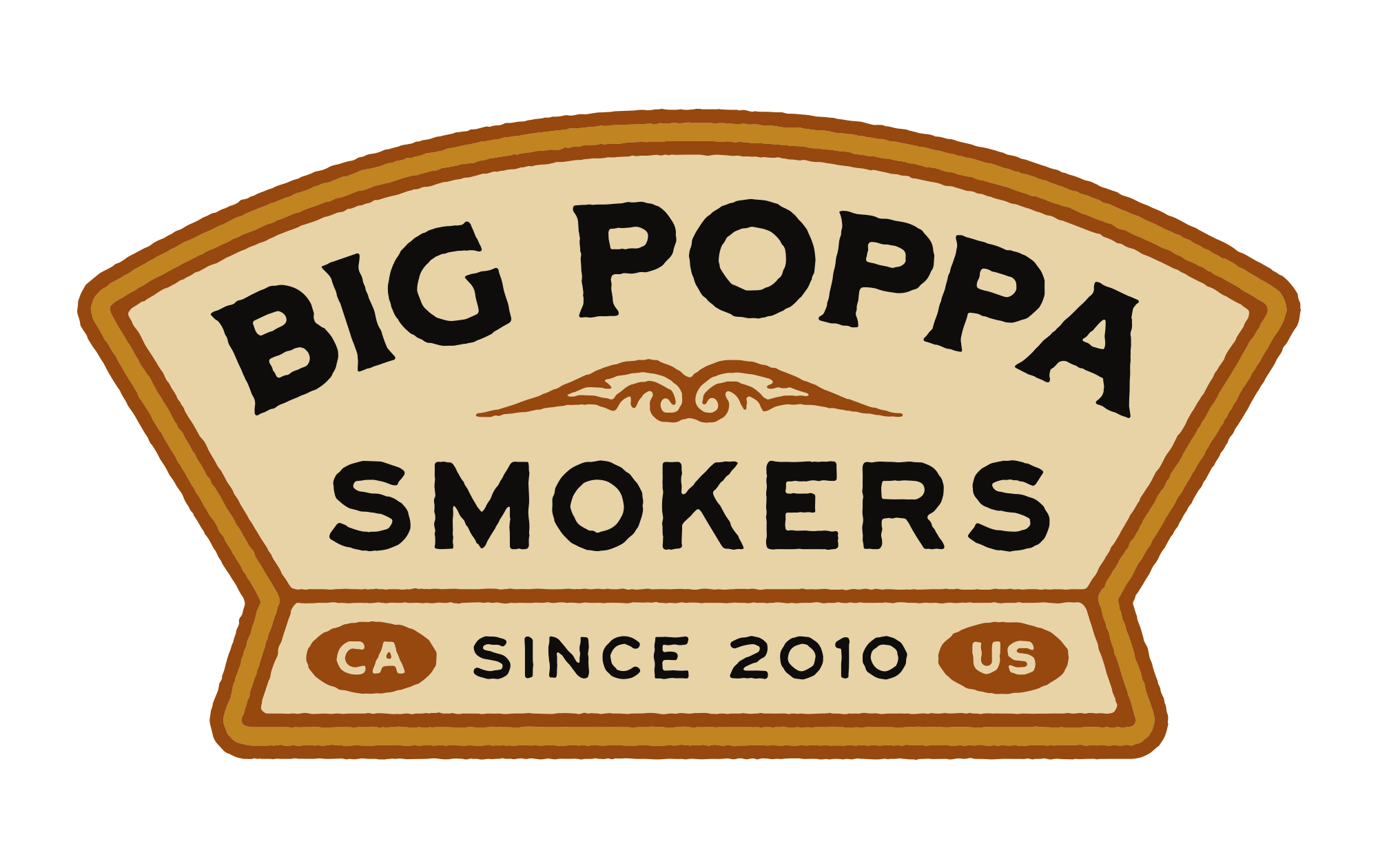

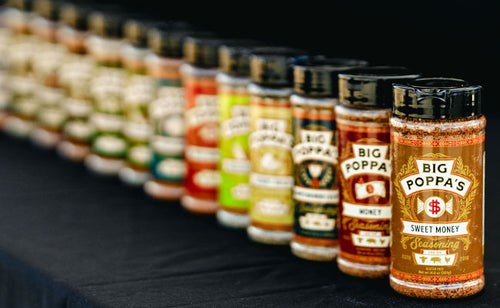
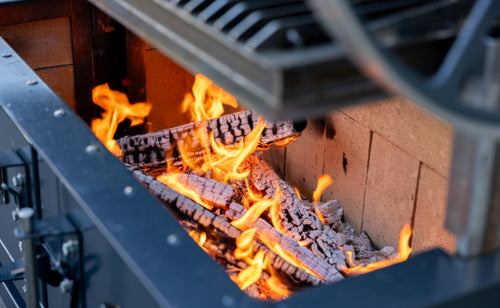
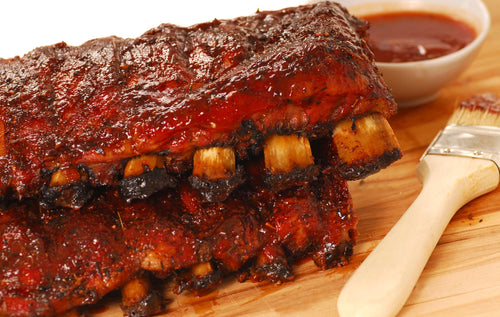
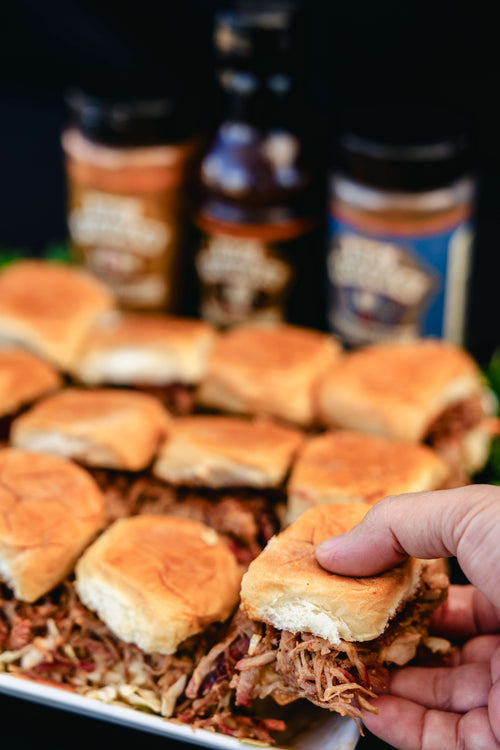








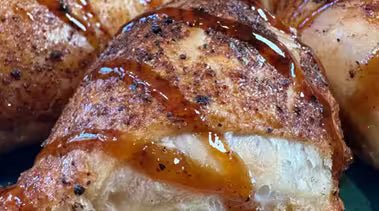
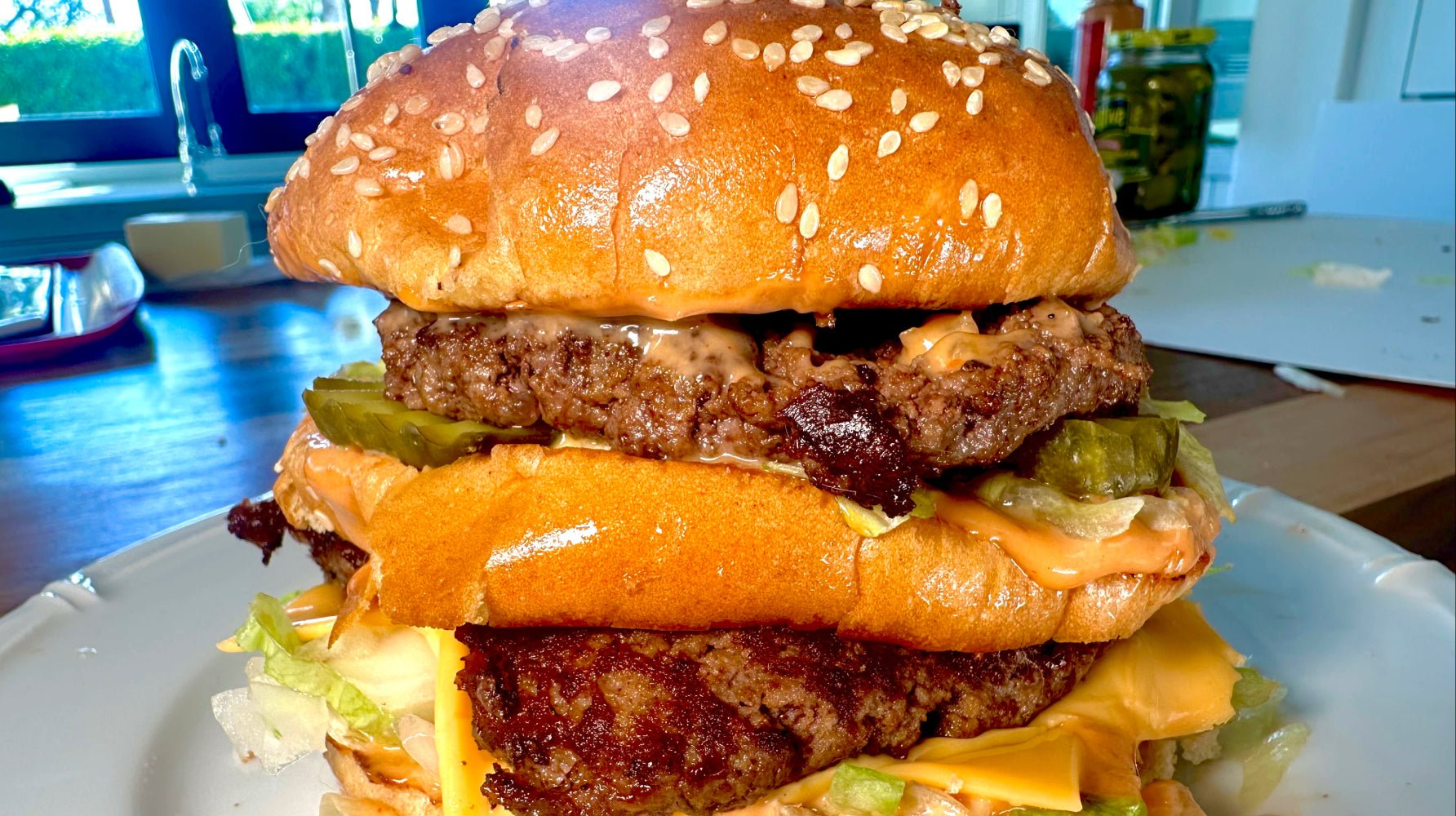
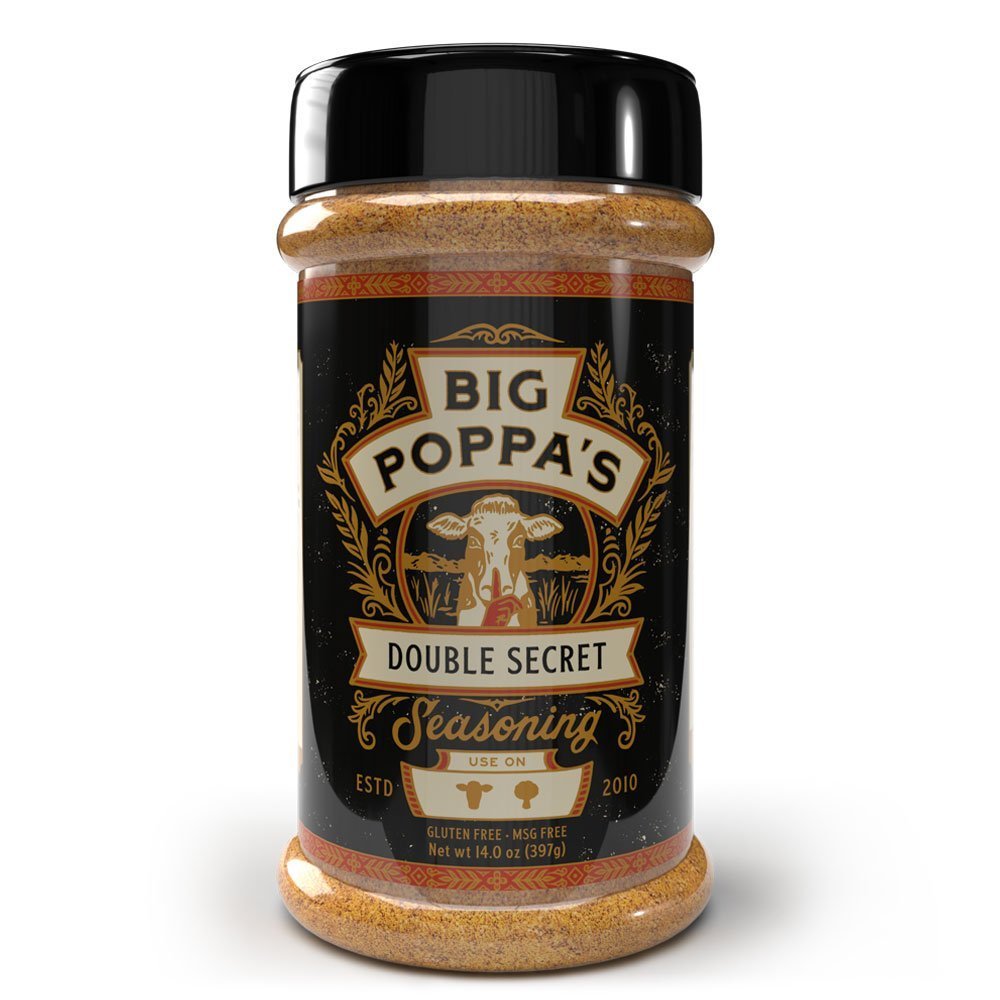
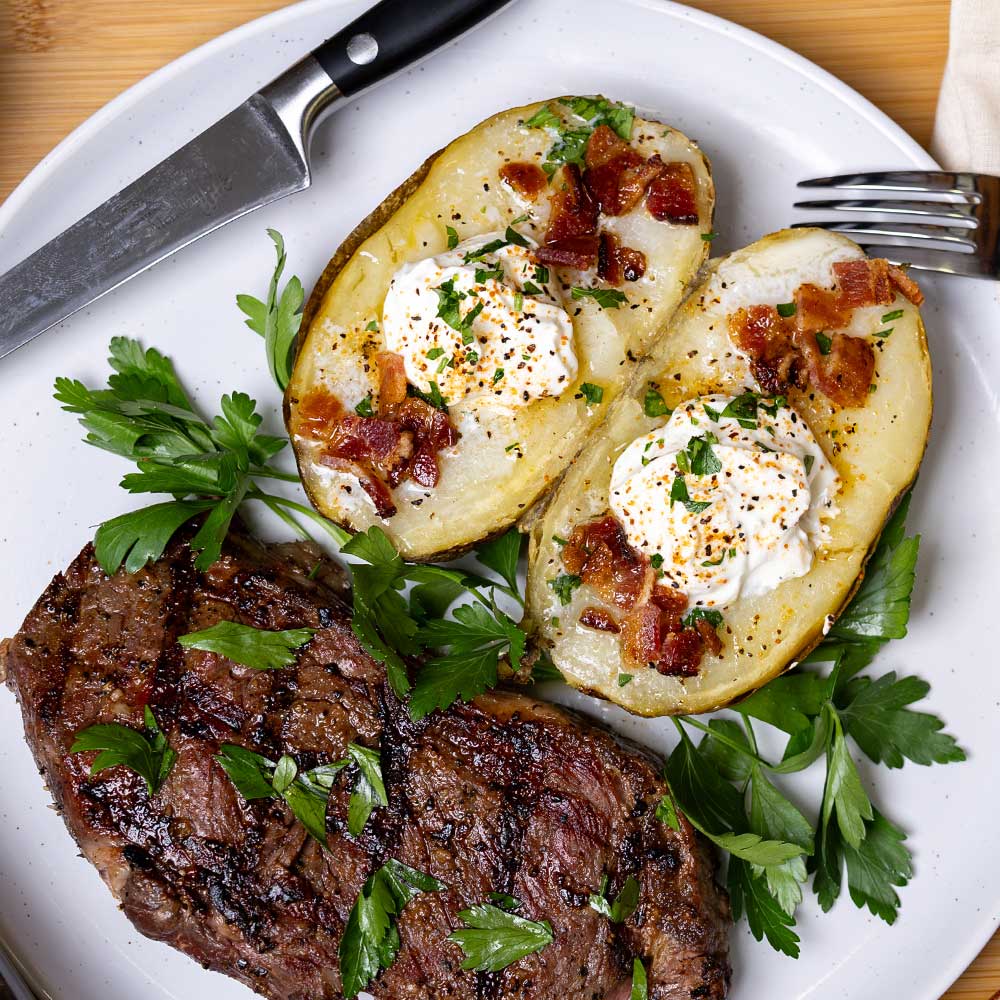
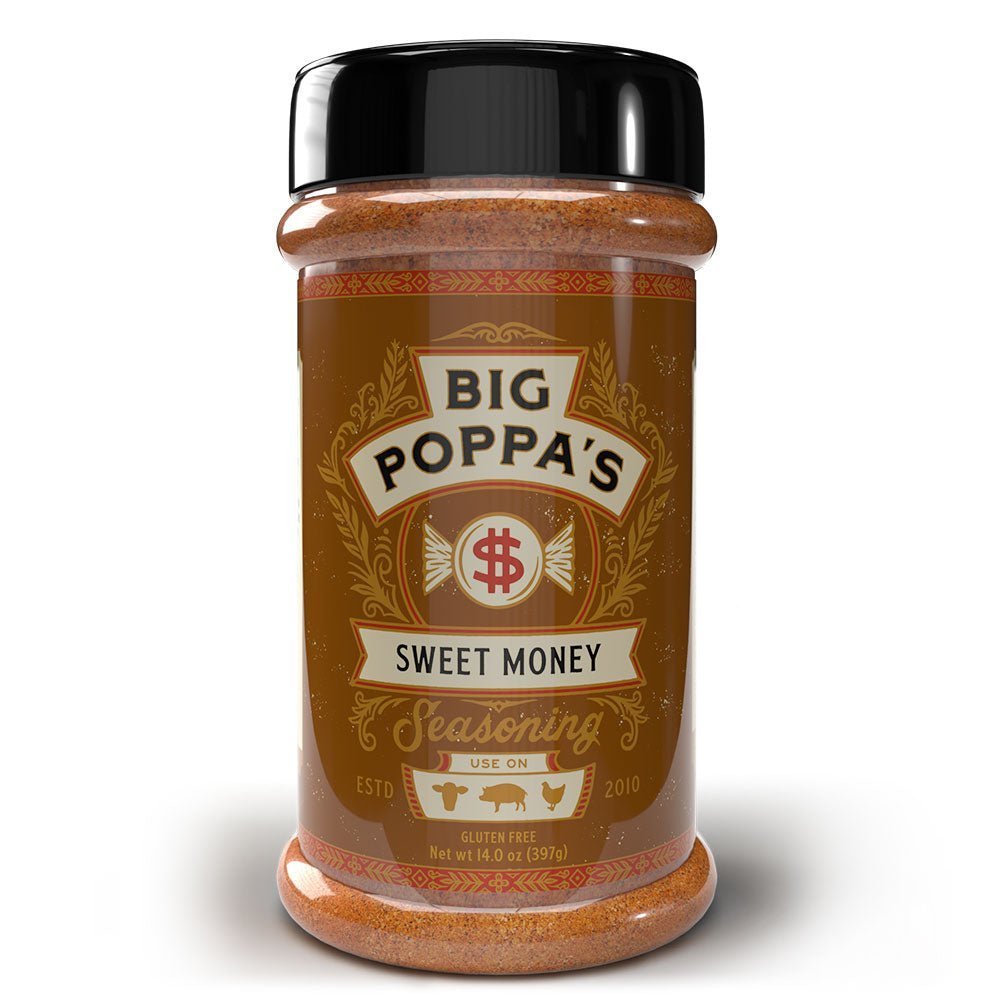
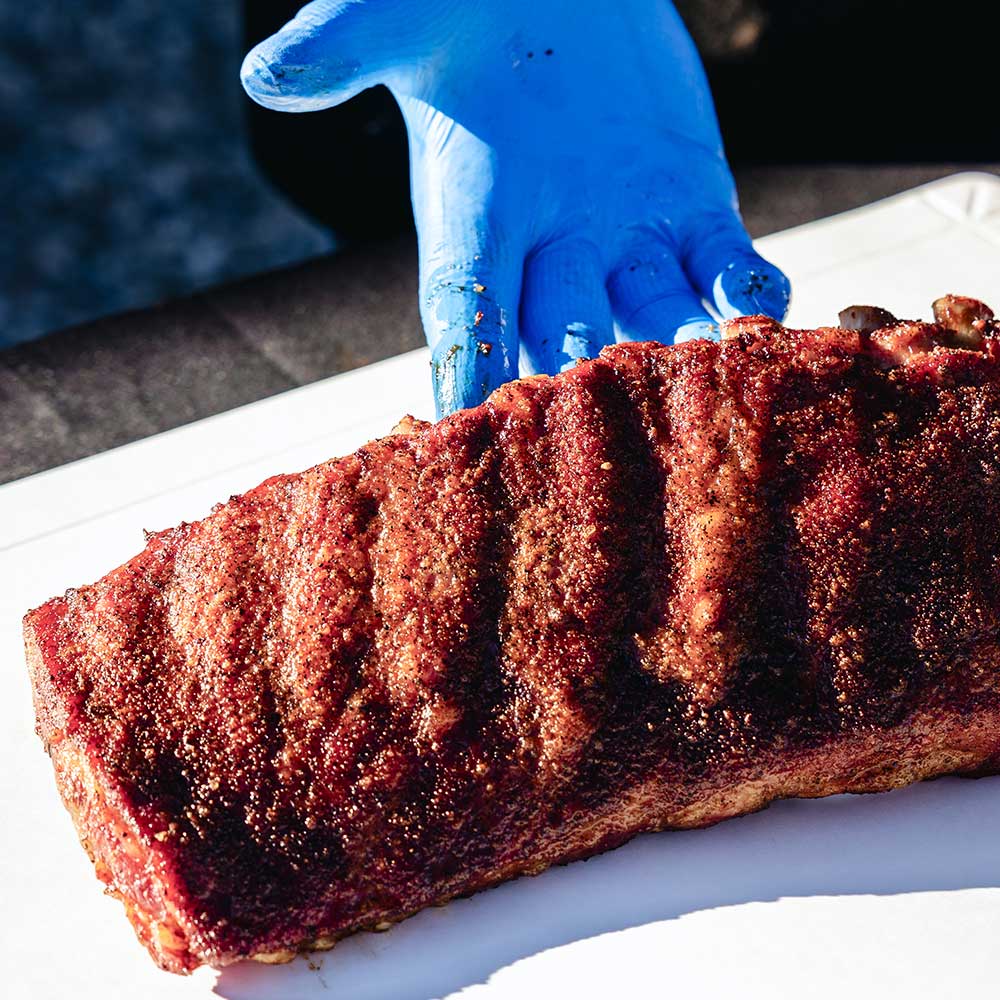
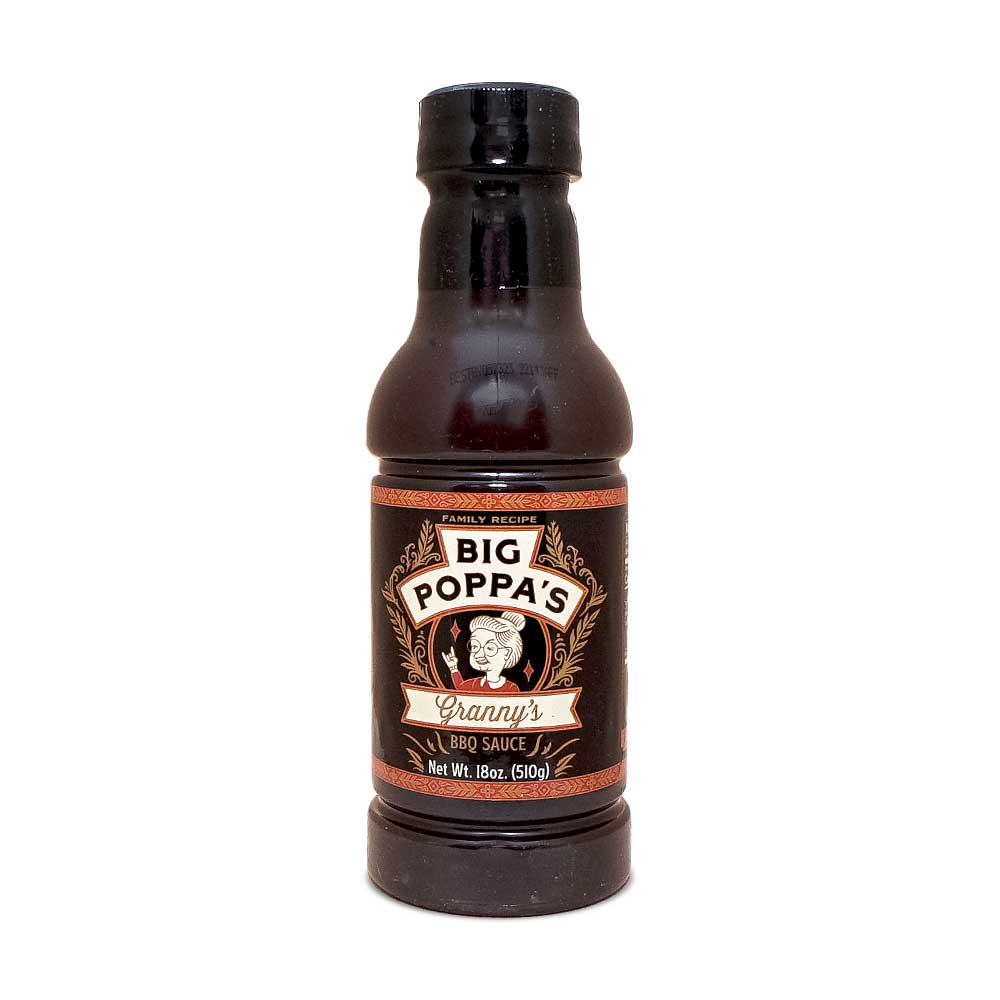
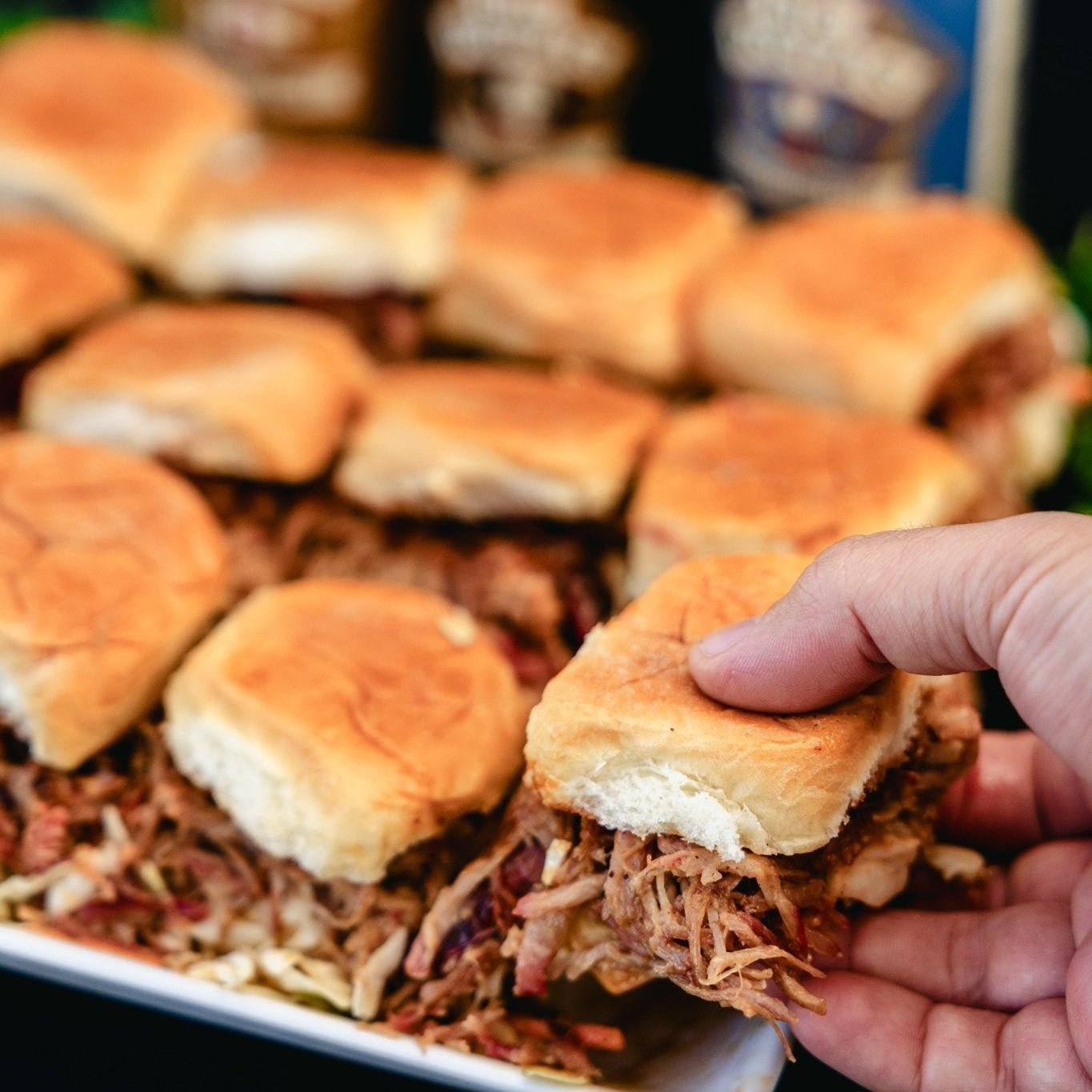
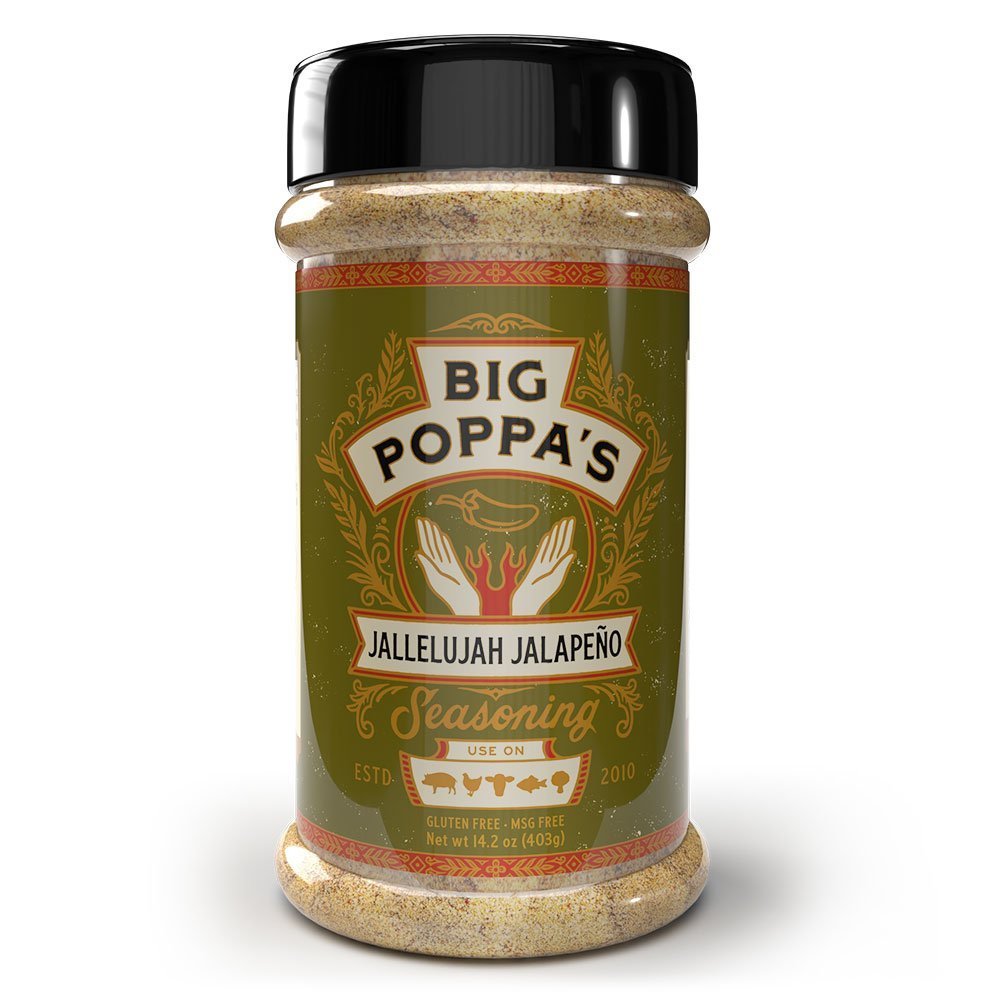
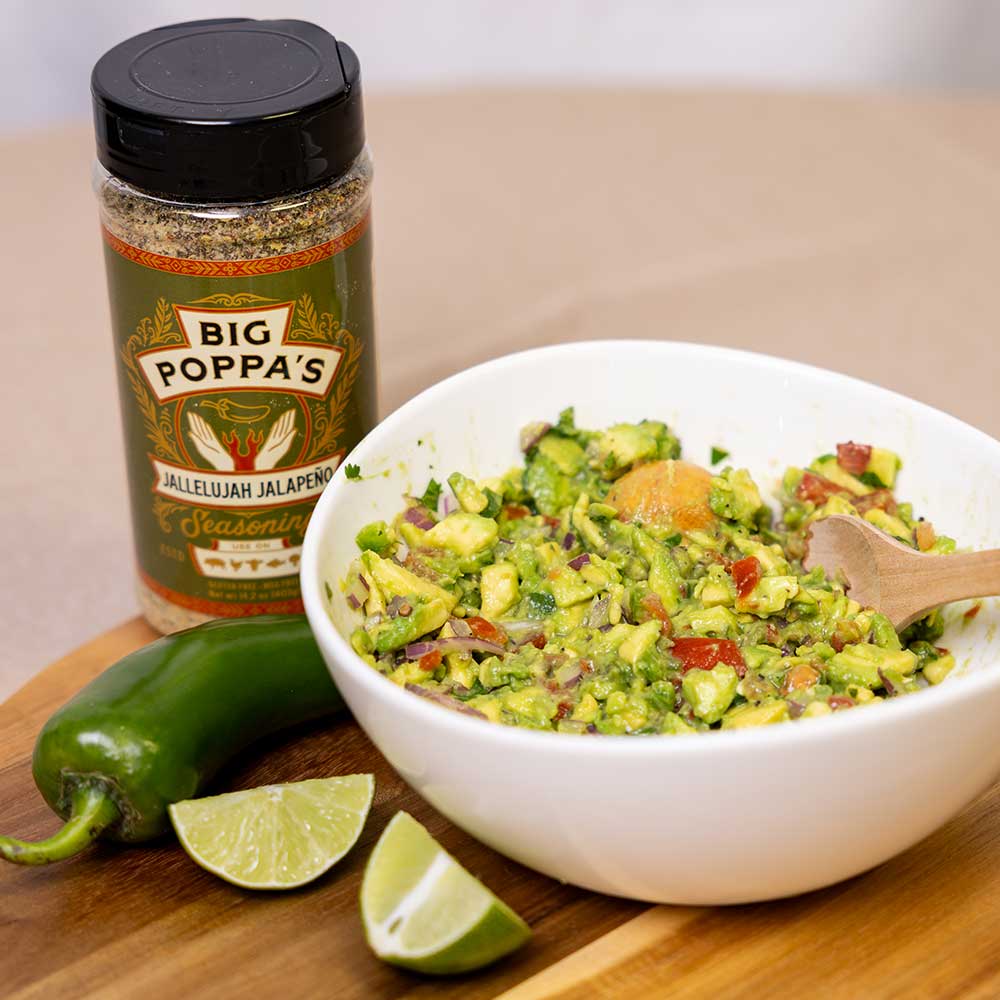
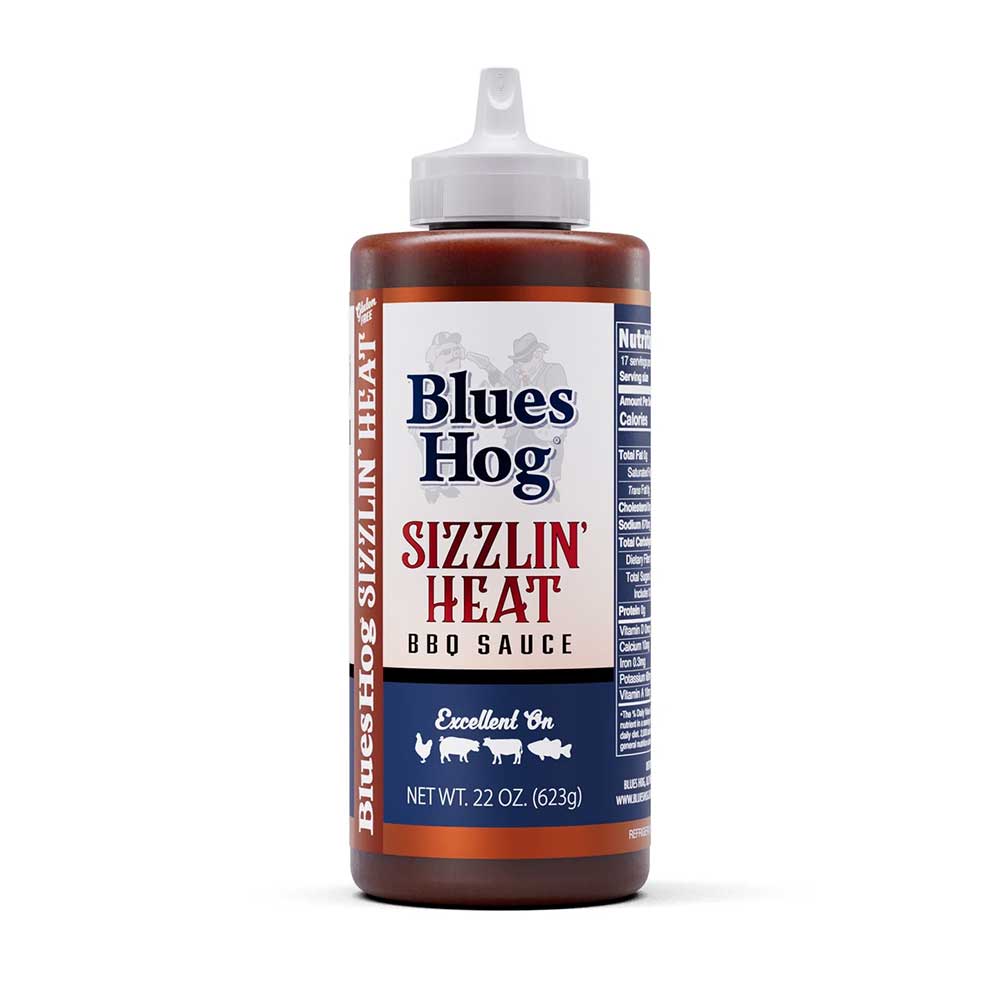
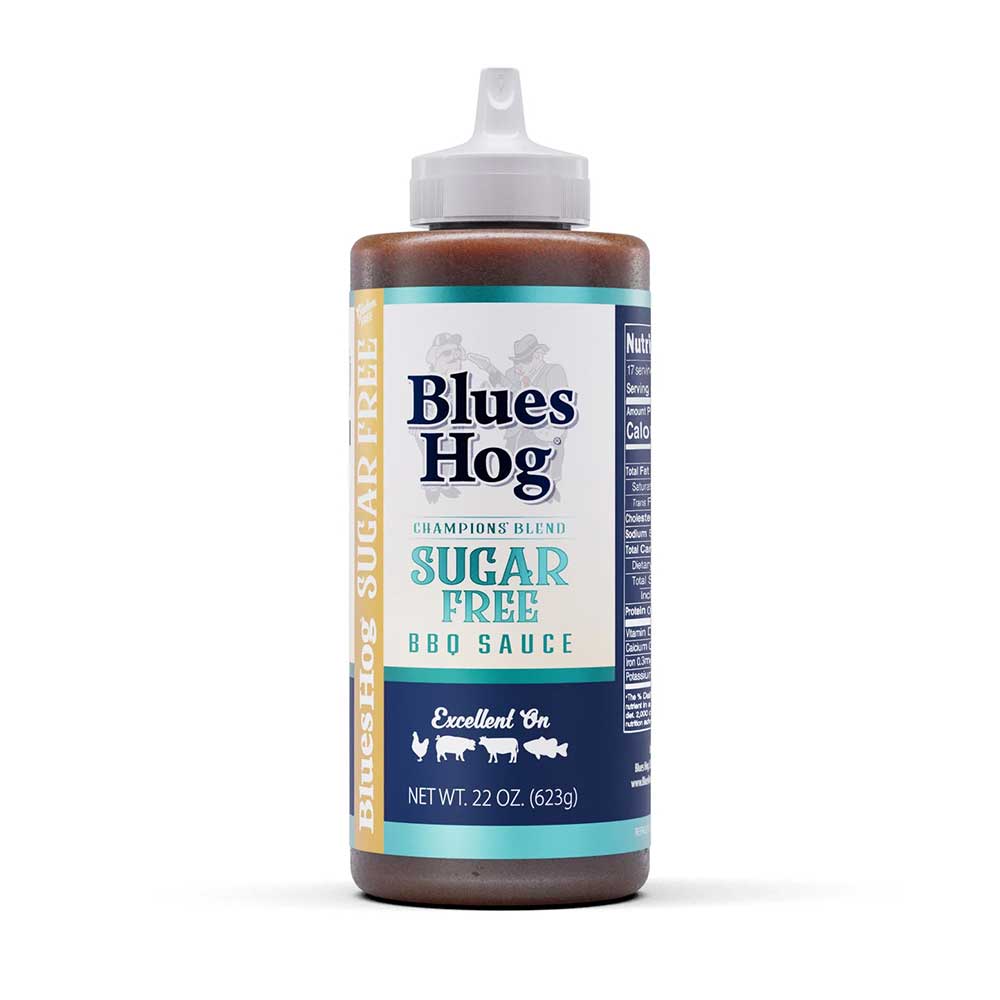
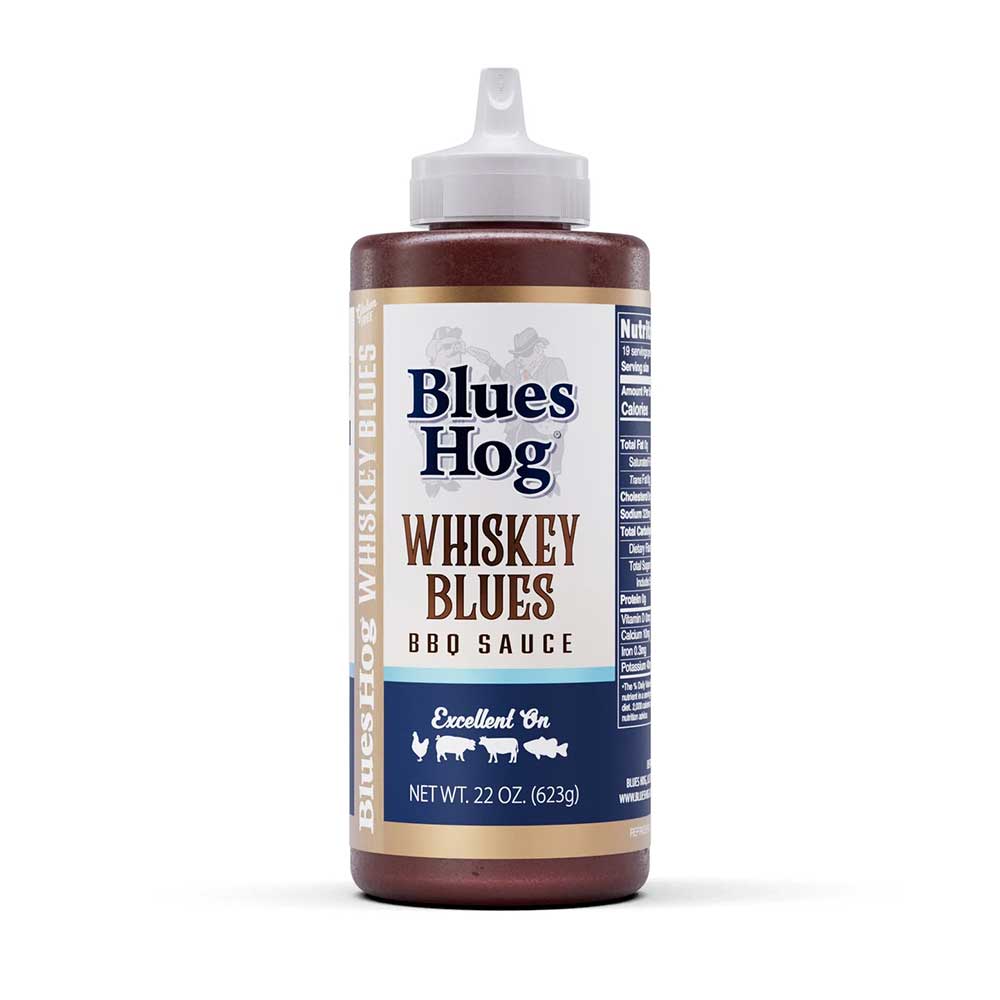
Leave a comment
This site is protected by hCaptcha and the hCaptcha Privacy Policy and Terms of Service apply.